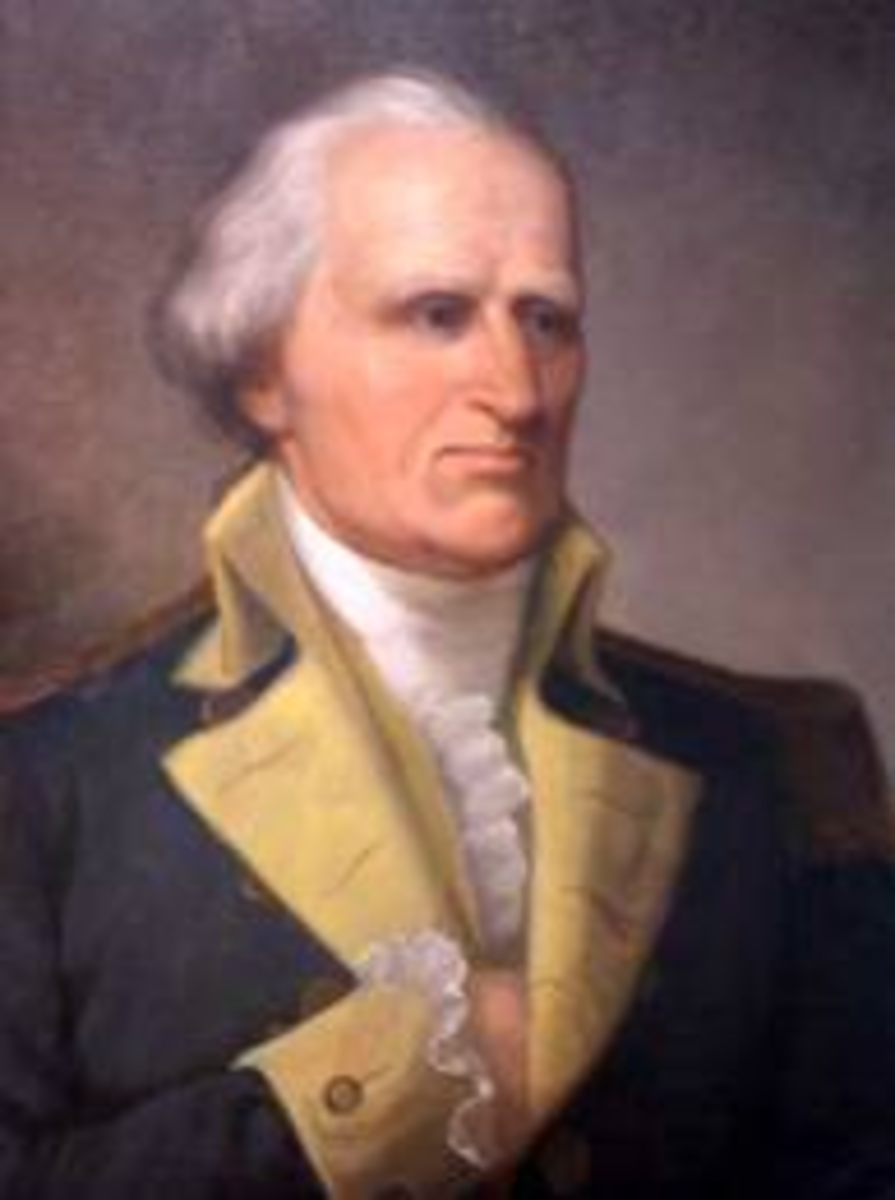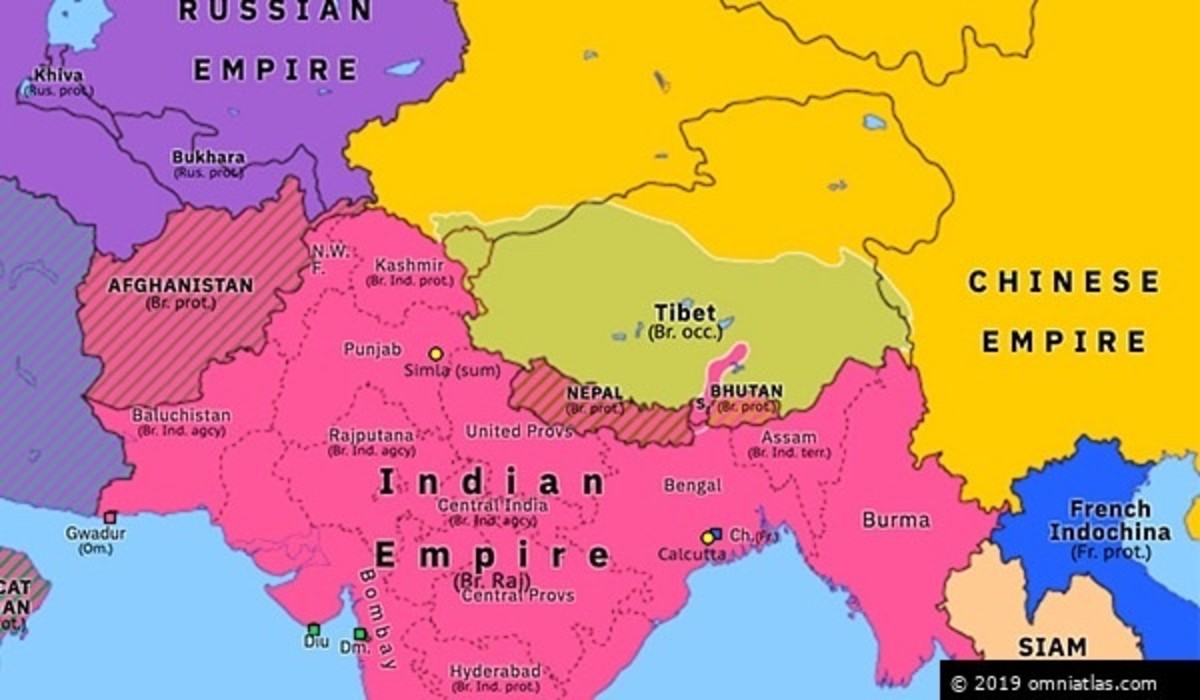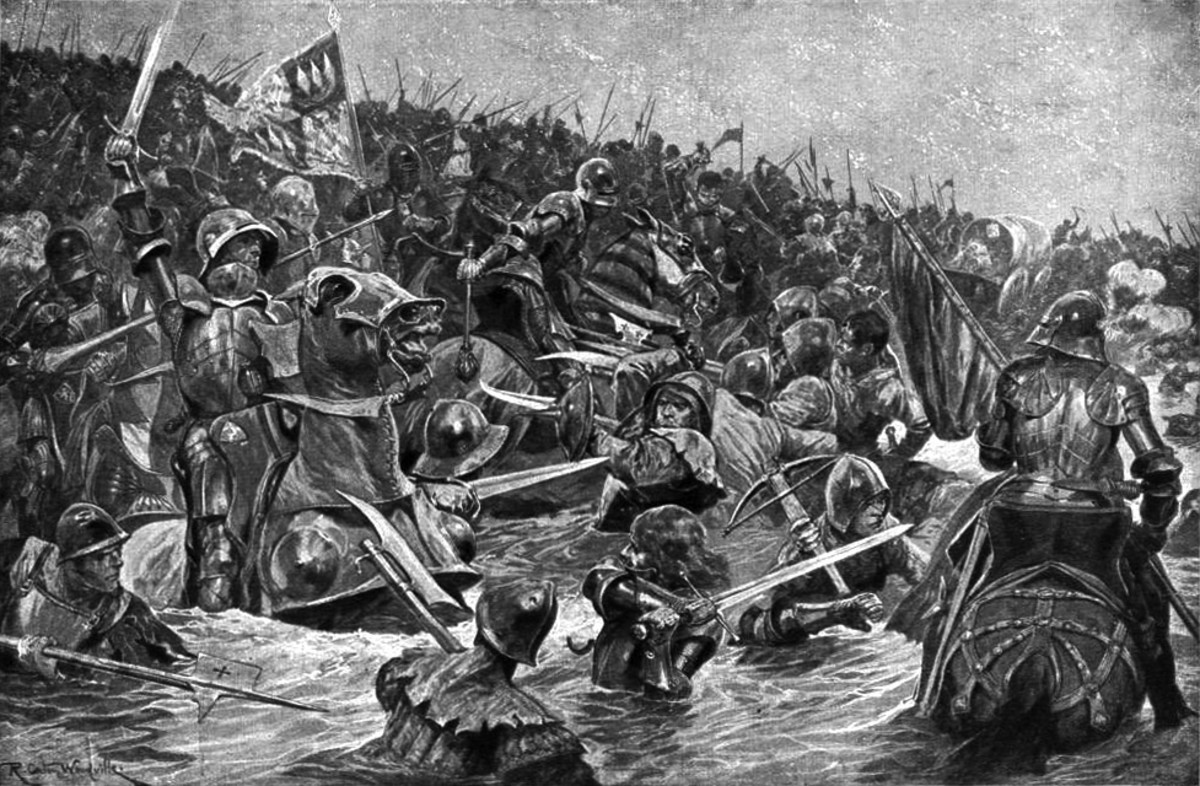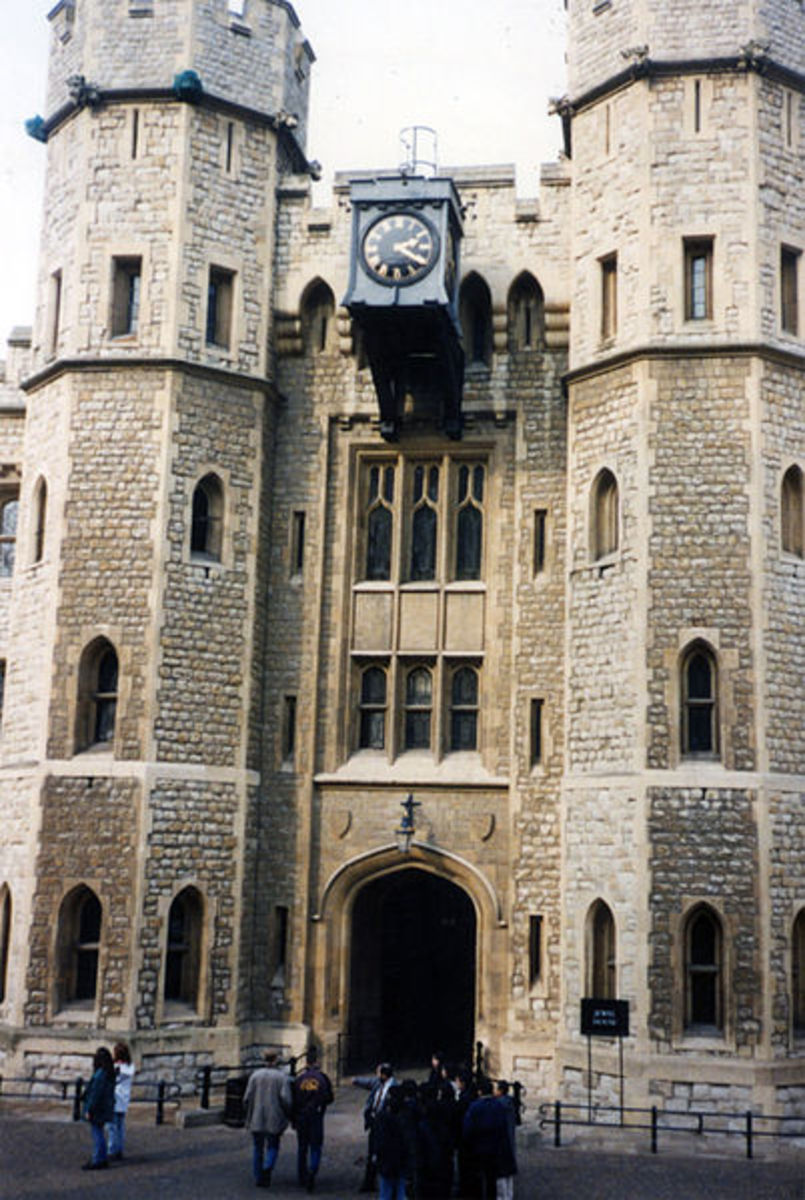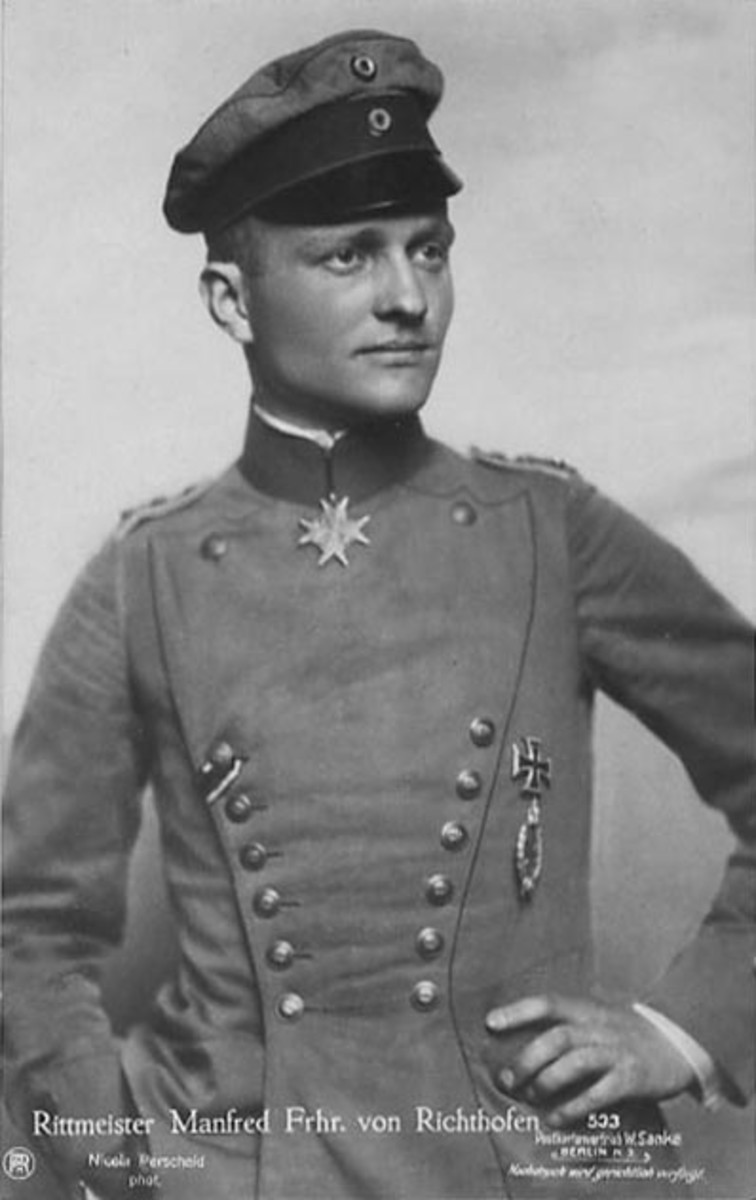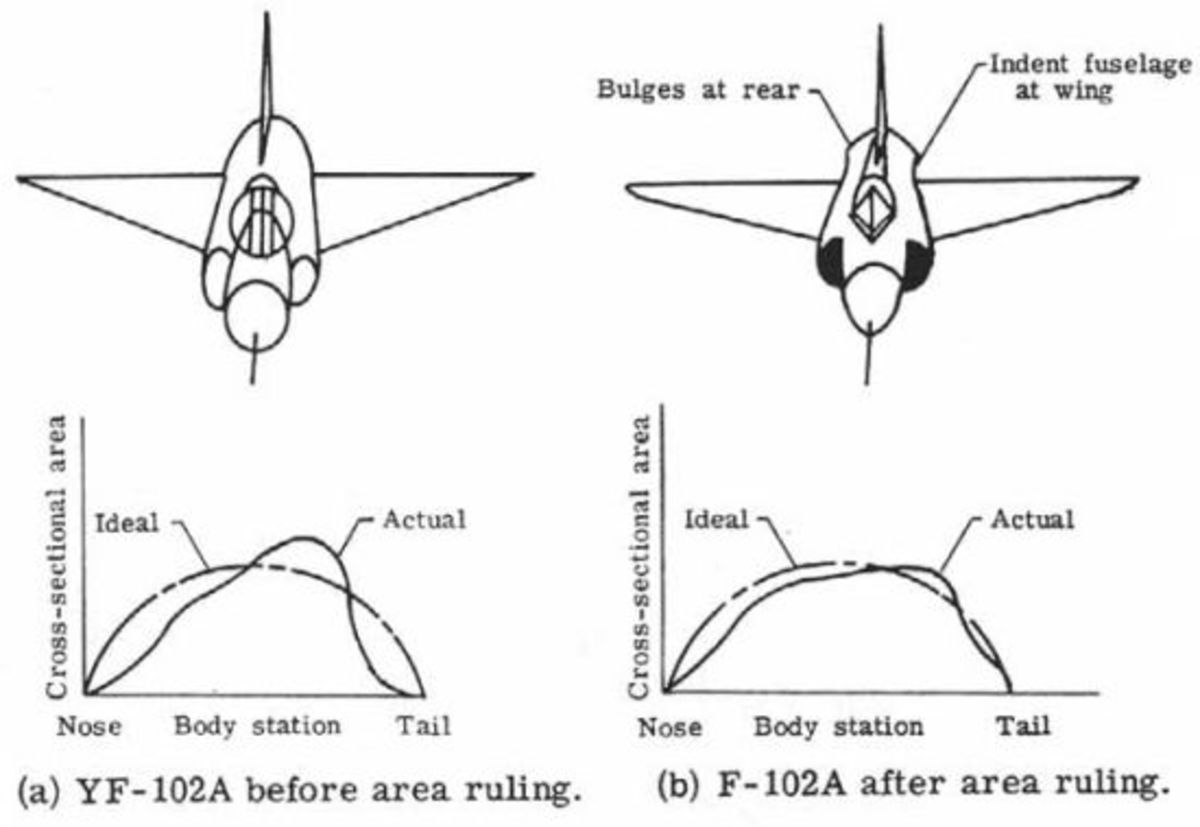10 Military Blunders and Bad Decisions: Chapter 3

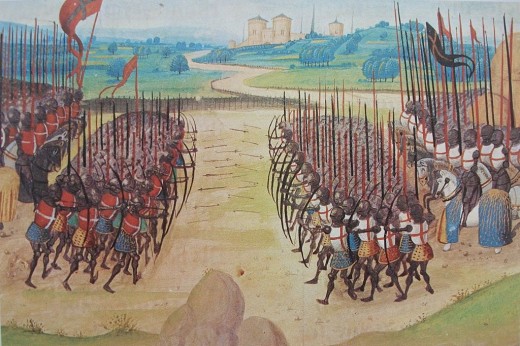
Agincourt (1415)
In 1415 an English army under the command of Henry V was moving through France when they were confronted by a force of Frenchmen led by Charles d`Albret who may not have been the brightest of bulbs.
When d`Albret decided to attack Henry V he ordered his more heavily armored troops out onto a field that had been turned into a quagmire of wet clay and mud due to it being the rainy part of autumn. Many French soldiers slipped, fell and became stuck in the muck making them easy targets for the English Longbow men. By the time the English and French drew close enough for hand to hand combat the French were already exhausted and offered little challenge to their English counterparts.
Result: Thousands of Frenchmen including the French commander d`Albret were killed and many more taken prisoner while the English are believed to have lost as few as a hundred men.
By attacking on unstable ground d`Albret lost his life and a battle he should have otherwise been able to win.
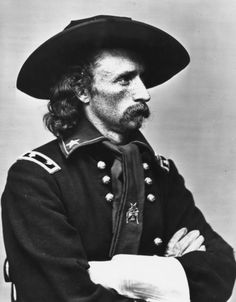
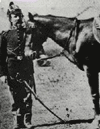
The Battle of Little Big Horn (1876)
General George Armstrong Custer made many critical errors in the Battle of the Little Big Horn or to the Plains Indians the Battle of the Greasy Grass and in his dealing with the Sioux Nation, three of which stick out prominently.
1. The General refused the use of a battery of Gatling guns, opting instead to go right down the middle of a LOT of ticked off Sioux warriors.
2. The General foolishly split his forces up during the battle. (Not that staying together would have probably helped them but still a bad idea)
3. General Custer refused to accept aid from General Terry who had offered him the use of one of his own cavalry battalions to bolster Custer's numbers.
These errors led to the deaths of roughly half of those who rode with General Custer, including Custer's own brother Captain Tom Custer and an ancestor of mine Sgt. Jeremiah "Darby" Finley.
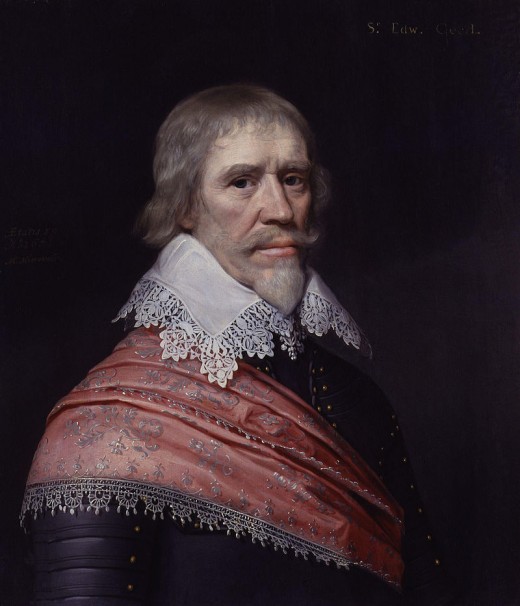
Expedition to Cadiz (1625)
After the dissolution of Parliament the Duke of Buckingham wanted a great military victory to his name that would put him on the same level of the famous privateers and admirals of the Elizabethan era naval prowess. Buckingham dispatched a hundred ships with ten thousand men to invade Spain, led by Sir Edward Cecil.
Sir Edward however had not laid in proper provisions for the expedition so when they reached the city of Cadiz they sacked in especially the large cache of alcohol the city had on hand. After getting drunk the English soldiers began casually shooting at each other and threatening any officer who tried to regain order in the ranks as well as threatened to mutiny when Sir Edward tried to put a stop to the party.
On the march the next morning the now heavily hung-over troops dropped much of their equipment along the way and the hundred men that had stayed behind to drink it off in an abandoned building were killed by the Spanish. Eventually Sir Edward ordered all to return to their ships and headed home without a single Spaniard being shot by the English troops.
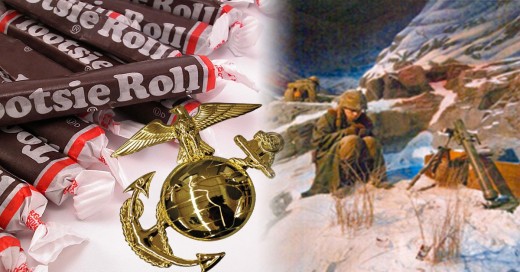

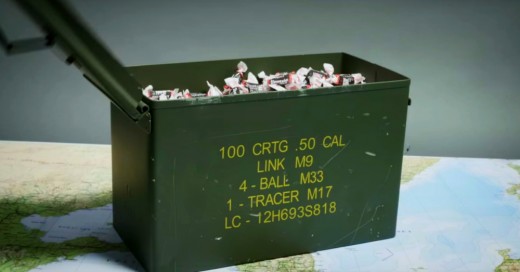
The Tootsie Roll Mistake
During the Korean War the 1st Marine Division was pinned down in the Chosin reservoir region by a Chinese force roughly 120,000 strong to their 15,000. In December 1950 the weather was so cold it was routinely -30 degrees, jeep batteries quit and even split open, rations froze solid, liquid medicines such as morphine had to be thawed in a corpsman's mouth before it could be administered to a patient, the Marine's dubbed the area the "Frozen Chosin". At one point a Marine commander put in a call for "Tootsie Rolls" which was a Marine term for mortar shells, however the person who received the order was apparently a very literal person and ended up having numerous crates of Tootsie Roll candies air dropped to the Marine Division.
Though not the munitions they were hoping for because tootsie rolls can be warmed by body heat this ended up being one of few things avalaible to eat for the Marines who rejoiced because not only did they provide much needed sugar and energy but the troops also figured out the material could be molded to fit bullet holes and so were able to plug things that had been hit by the enemy.
Most military blunders are a disaster for those it is inflicted on with this being one of the rare few cases where a blunder saved lives. The survivors of Chosin called themselves the "Chosin Few" and those of Captain Barber's F Company got the name the "Tootsie Roll Marines".
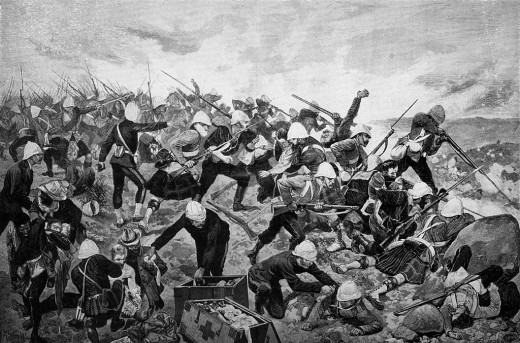
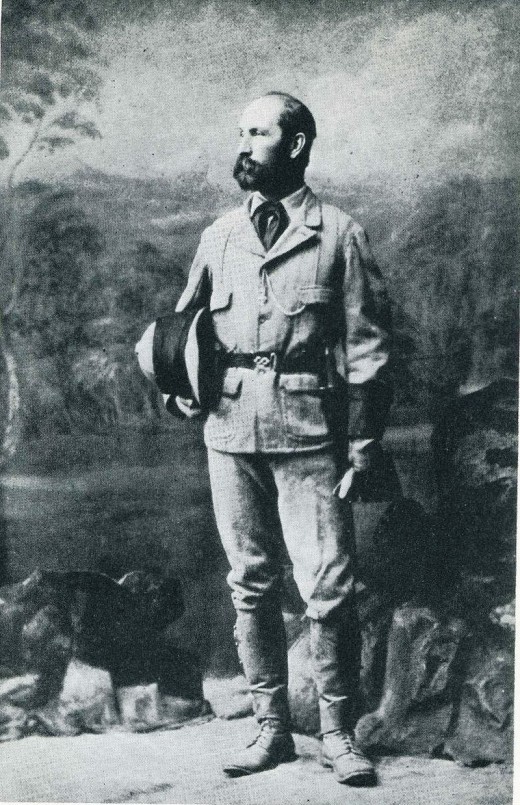
The Battle of Majuba Hill (1881)
The British in their drive to form a South African colony to rule over sparked off the Boer War with Dutch Boers who had been there for centuries and understandably did not wish to surrender their lands to the British.
The Boer Republic of Transvaal declared its independence in defiance of British rule and began arming itself and mobilizing against the British forces lead by General George Pomeroy-Colley.
The British forces occupied Majuba Hill which overlooked the Boer defenses but for some reason the British failed to in any way erect its own defenses. The British forces were only 400 strong and did not in anyway strike fear into a similar number of Boer troops, instead the Dutch Boers made the decision to storm Majuba Hill.
Before long all British officers including General Pomeroy-Colley were dead along with 285 of the original 400 defenders. General Pomeroy-Colley was reportedly killed by a 12 year old Boer boy. The Boers themselves only lost six fighters.

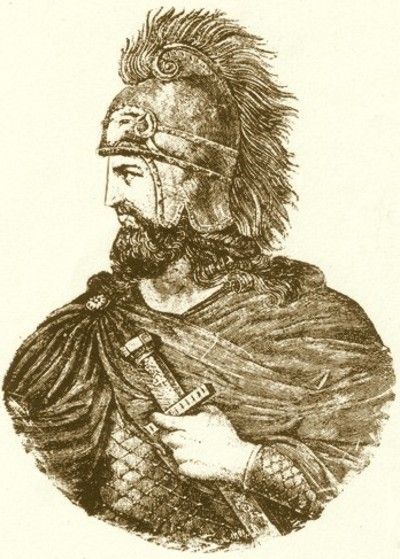
The Battle of Yarmouk (636 AD)
The Battle of Yarmouk is an excellent example of the definition of insanity; that is doing the same thing over and over again and expecting different results. In this case doing the same thing five times.
During the Muslim invasion and expansion much of the worlds defense was in the hands of the Byzantine Empire. Modern estimates put the Byzantines force upwards of 150,000 strong while the Muslim force was only around 20,000 strong.
During the battle on five separate occasions the Christian defenders put up a haphazard fight over enemy planned trenches and defenses loosing every time, in addition to this blunder the Byzantine General a man named Vahan seems to have entirely forgotten he had a cavalry force until the sixth day of the battle and the last nail in the coffin was failing to properly guard important escape routes even though he had enough men to do so.
Result: The result of the Byzantine failure at the Battle of Yarmouk was the way was now open for an invasion of Muslim Arabs across North Africa and into Spain and set up the later expansions into the Balkans and much of Eastern Europe.
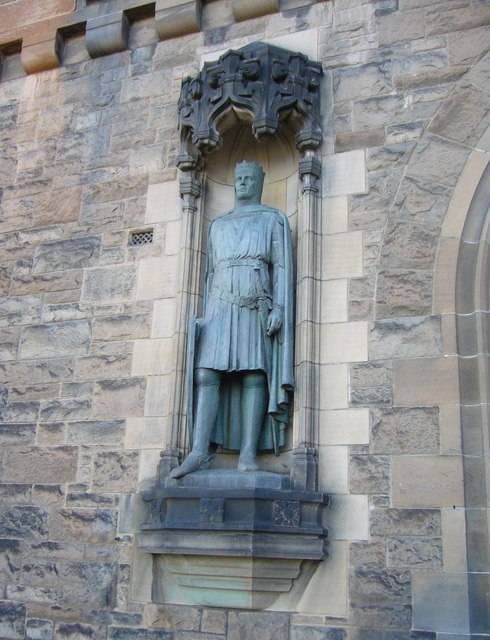
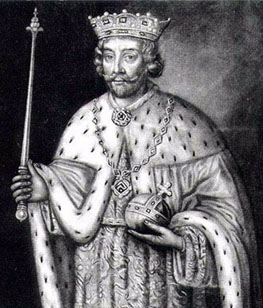
The Battle of Bannockburn (1314)
In what was perhaps the most devastating English defeat since the Battle of Hastings, Robert the Bruce defeated England's Edward II at Bannockburn gaining independence for Scotland.
Edward II was not the military man his father Edward I was and his blunders undid Edward I's "hammering" of the Scots. Despite bringing a much larger force of troops into battle, failure to properly use the terrain and types of troops he had made Edward II's defeat inevitable.
Edward II made three major blunders during the battle that lead to his defeat:
1. Edward positioned his army so that it couldn't move
2. He kept his bowmen at the rear making them completely useless in the battle as they would have hit their own army if they had fired.
3. the final cause of the English defeat at Bannockburn was that Edward fled the battle early which sent his forces into a panic thinking a general retreat had been called which caused the English forces to break engagement and run. Many of Edward's forces drowned while fleeing.

Bras for the Danish Army
In 1999 Major OP Sorensen of the Danish Army helpfully ordered 500 bras for his female troops, however helpful he was trying to be he failed to ask the female soldiers what sizes they needed.
However the manufacture he contacted told him that 90% of all Danish women were the same size so the Major ordered 500 C-cub bras.
The female soldiers were not impressed with one Lance Corporal stating "we are big and small, curvy and thin, all sizes"
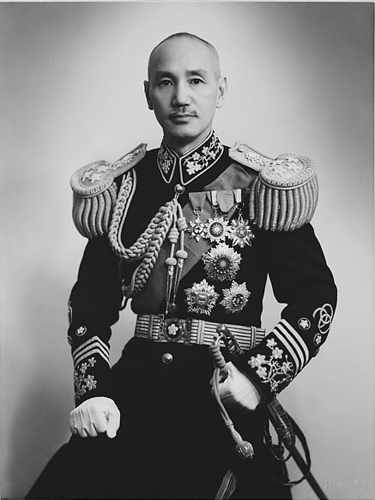
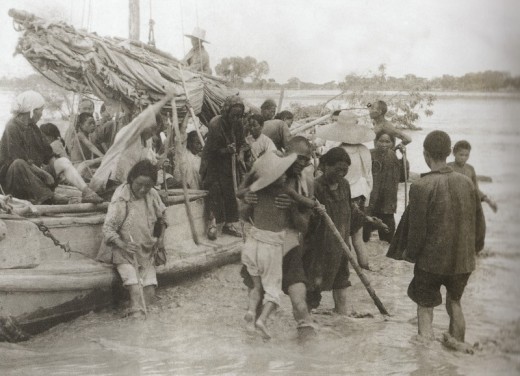
Chinese General drowns his own country (1938)
In an effort to help with the occasional disastrous flooding from the Yellow River in China, the Chinese government had built hundreds of miles of flood gates, floodwalls and most importantly stalwart dikes to guide the Yellow River along safely and controllably out to the Yellow Sea.
However in 1938 China was experiencing an invasion by Japanese Imperial forces and in an effort to slow or even stop the Japanese advance General Chiang Kai-Shek ordered the destruction of the Yellow River Dikes. To compound this disastrous decision non of the people residing in the path of the oncoming flood were warned of the danger and had no time to try to get out of harms way.
As a result over six million people were left homeless and many injured and there were a still unknown number of casualties which modern estimates put as high as two million but certainly numbered in the hundreds of thousands.
Unfortunately the attempt to flood out the Japanese only flooded the Chinese instead with the Japanese being only temporarily slowed down.
Result:
11 major cities flooded
4000 villages destroyed
Wide spread loss of farmland that remained unusable for years after the disaster
The loss of the farmlands that were impacted also sparked off a famine that lasted nearly a decade and killed off many more citizens than the flood itself did and both the flood and following famine made General Chiang one of the most hated individuals in Chinese history.

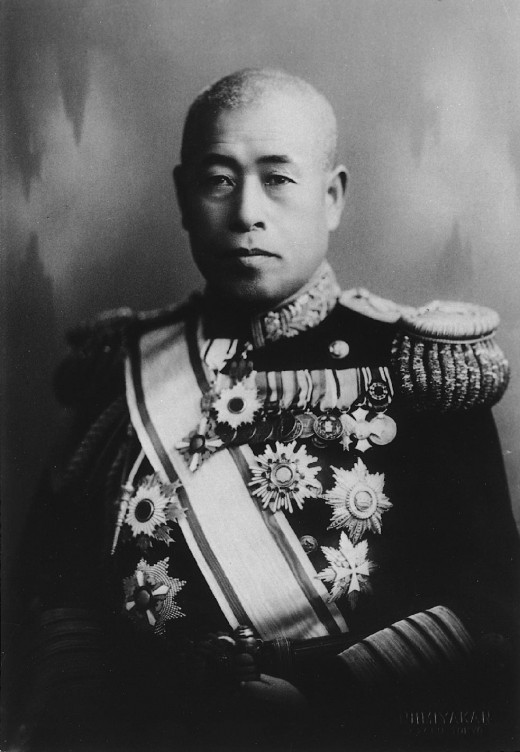
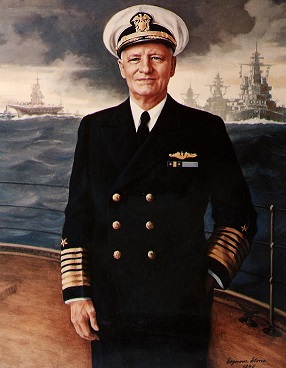
Oil Tanks at Pearl (December 7, 1941)
The Japanese made a bigger blunder during WWII than just attacking Pearl Harbor in the first place. While the attack did a great deal of damage since we lost seven battleships, three cruisers, three destroyers and hundreds of aircraft, however terrible these losses were they were not enough to take us out of the war, in fact the opposite happened and we were now "all in". In the words of Yamamoto Japan had "awoken a sleeping giant and filled him with terrible resolve".
While this was certainly true Japan overlooked the means of stopping or greatly slowing that "terrible resolve" in its tracks.While the loss of life and equipment at Pearl was terrible the Japanese overlooked what would have truly been a disaster for the American war machine, the oil field next to the navy base.
Right across from Battleship Row near the submarine pens and main naval base sat two large fields of oil tanks, the single life's blood of every plane and ship in the entire Pacific Fleet.
The mistake of not destroying the oil tanks belongs to Yamamoto himself, normally a very meticulous individual Yamamoto failed to include the hillside of oil tanks on the list of primary targets.
Admiral Nimitz speculated that the loss of the oil fields at Pearl would have caused the war to be prolonged by at least two years or more as things in the Pacific theater would have ground to a halt till more oil could be brought in, though the precise extent of damage the loss of the oil fields would have caused cannot be predicted.

